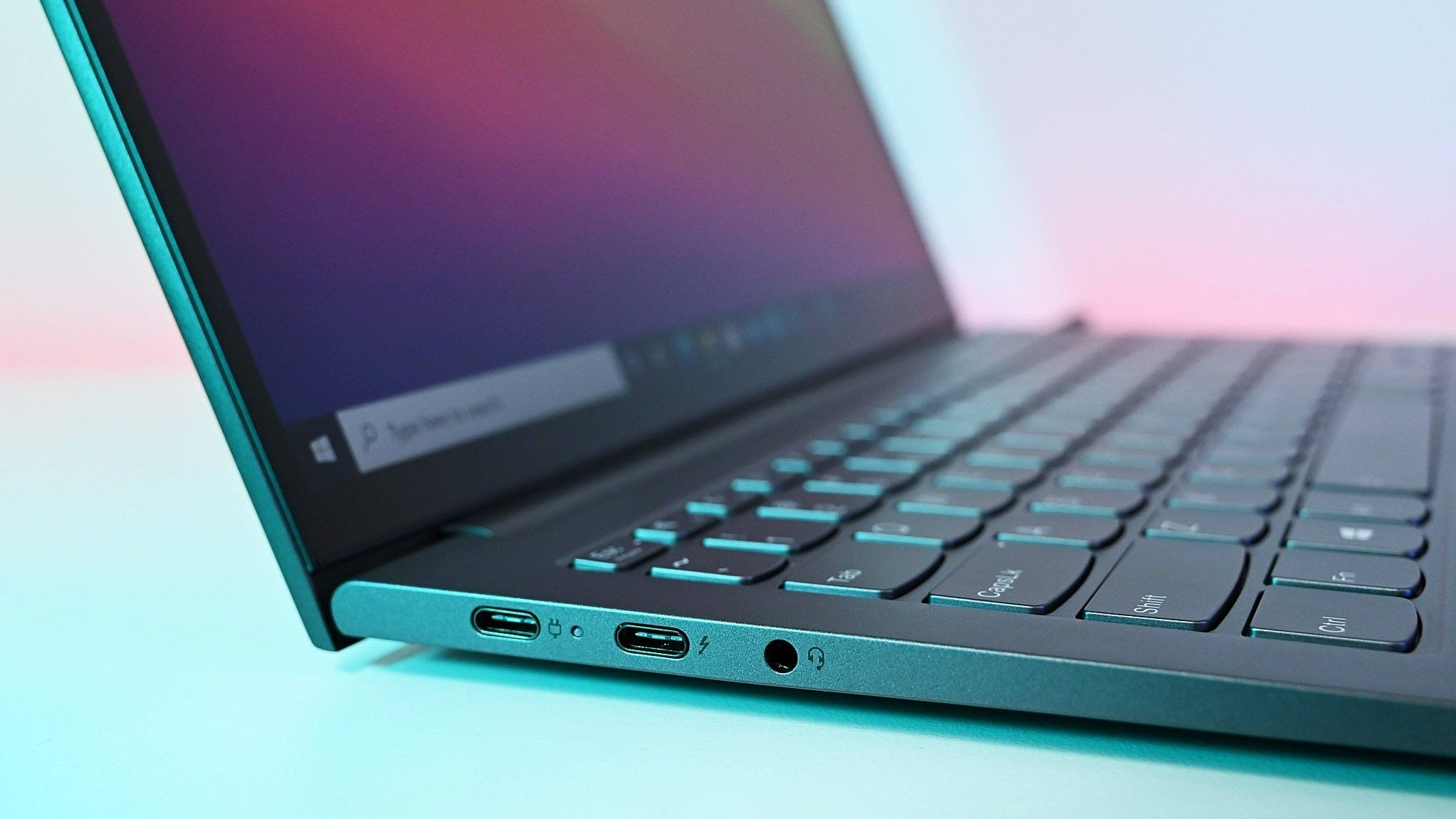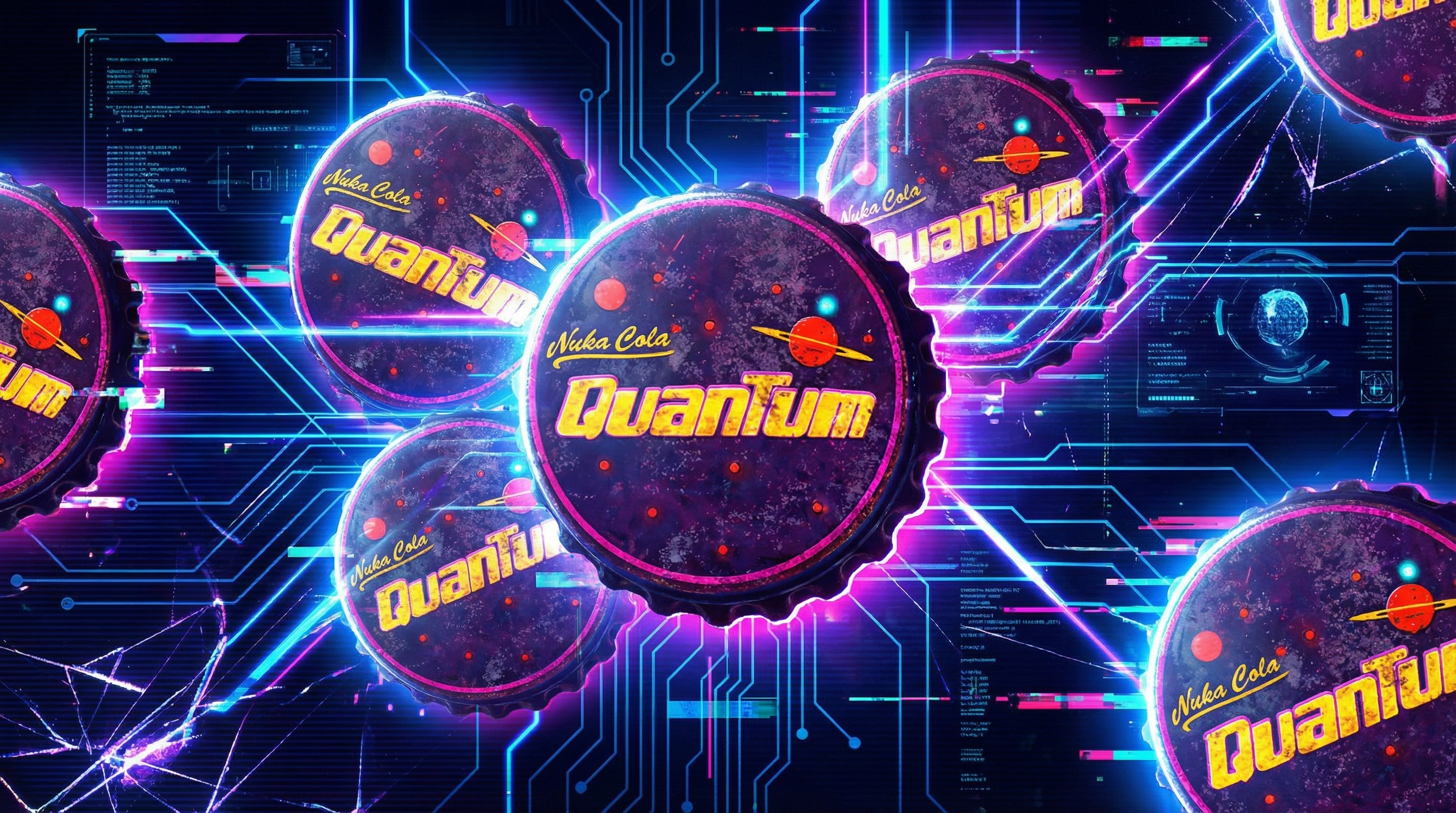Lenovo interview: The unexpected challenges of hybrid and remote work
Hybrid work faces unique challenges ranging from the bring-your-own device model to furniture.

With the rise of hybrid work and many returning to offices, organizations have been forced to adapt to maintain productivity and facilitate flexible work. Companies face different challenges than when workplaces were first designed, and they need to accommodate to modern work or risk losing employees.
To gain more insight into hybrid work and the roadblocks that have risen with the recent evolution of work, I virtually sat down with Shannon MacKay, leader of Lenovo’s Smart Collaboration business. MacKay discussed the growing importance of video, the unexpected challenges facing hybrid work, and how Microsoft has succeeded in the video
Disclaimer: This interview has been edited for grammar and clarity.
Video is king
"First and foremost, video has taken a new front and center element to being in the room and professional for people who go back to the office," said MacKay.
During the beginning of the pandemic, organizations rushed to get people back to work, even if their setup wasn't perfect. Bring your own device was standard, and many had to resort to using phones, kitchen tables, and stacking laptops on top of boxes to participate in video calls.
"There are still a lot of companies struggling with the bring your own device to a meeting, particularly in the smaller space," said MacKay. "So they're they're bringing in their PC, and they're trying to cobble things together to maybe create a front of the room camera experience, and they're they're frustrated with that because it isn't as seamless."
The end goal is to make meetings feel natural regardless of where participants are, but that's easier said than done, according to Lenovo's leader of Lenovo’s Smart Collaboration business.
All the latest news, reviews, and guides for Windows and Xbox diehards.
Unexpected challenges

I was surprised to learn that one of the biggest blocks to making rooms usable for remote and hybrid work is the rooms themselves. Lighting and wall materials affect video quality. Open spaces create echoes. People's living rooms may not look professional. As a result, Lenovo spends quite a bit of effort helping organizations optimize spaces for video conferencing.
Your new conference room in the future is hardware, it's software, it's IT services, but it's also furniture.
Shannon MacKay
"It's those little nuances of glass or glare or weird wall of cinder block," said MacKay. "And those are the kind of fine-tuning and configuration questions that pop up because it's like, well, wait, did I really get the right product, or do I have a unique challenge?"
"Your new conference room in the future is hardware, it's software, it's IT services, but it's also furniture."
Partnering with Jabra

While there is no perfect solution that will cover all setups, MacKay values the convenience and power of an all-in-one bar, such as the one in the Jabra PanaCast 50 Room System. Jabra and Lenovo recently announced a partnership centered around conference rooms and Microsoft Teams.
The newly announced kit has a Jabra PanaCast 50 and a Lenovo ThinkSmart Core and ThinkSmart Controller. Jabra's camera system supports up to 4K panoramic videos and works with Microsoft Teams Rooms' front row layout, and Lenovo's hardware allows meeting participants to control a conference with a 10.1-inch touch display.
“The shift to hybrid work has undoubtedly led to more demand for video enabled conference rooms, which is why we’re working with companies like Jabra and Lenovo to develop purpose-built Microsoft Teams Rooms,” said Senior Director of Microsoft Teams Devices Partner Engineering and Certification Albert Kooiman when the collaboration was announced.
"Combining the power of our ThinkSmart Core solution with the Jabra PanaCast 50’s intelligent video system and Microsoft Teams Rooms technology will allow us to empower users to have more productive and inclusive meetings no matter where attendees are located," said Lenovo's MacKay back in August.
How Microsoft earned top spot

When developing software, hardware, or anything that will be used by general audiences, it's important to prioritize ease of use. Simplicity is the reason people use their smartphones for photography and why complicated paths are often ignored. The same is true for hybrid and remote work.
There's certainly no shortage of communication platforms, but some have thrived during the pandemic and the shift to remote and hybrid work while others have struggled. Skype was famously mocked for losing ground to competitors. In contrast, Teams has surged in usage over the last few years.
As of January 2022, Teams had over 270 million users. In March 2020, Teams jumped from 32 million to 44 million users.
MacKay credited the rise of Teams to its ease of use:
"I give teams a lot of credit. Look where we were two years ago with Skype. Zoom and Google are so important, but [Microsoft] have quickly won the battle in terms of just the majority of share because [Teams is] easy to use."
Still a ways to go

Despite advances in technology, human nature often goes back to communicating in a way that would only make sense in person. For example, MacKay mentioned that some people in a hybrid meeting will pick up a marker and start writing on a whiteboard while forgetting that many meeting participants can't follow along.
"I think meeting equity is the hardest thing to solve because human nature will always default back to getting up to the whiteboard and doing the right things that we have to go do," said MacKay.
Creating equity, according to MacKay, will require a system of hardware, software, and training that's easy to execute.
"We're trying to kind of change the game, to not just make great products with great experiences... but actually create a business model that makes it actually easy to them."

Sean Endicott is a news writer and apps editor for Windows Central with 11+ years of experience. A Nottingham Trent journalism graduate, Sean has covered the industry’s arc from the Lumia era to the launch of Windows 11 and generative AI. Having started at Thrifter, he uses his expertise in price tracking to help readers find genuine hardware value.
Beyond tech news, Sean is a UK sports media pioneer. In 2017, he became one of the first to stream via smartphone and is an expert in AP Capture systems. A tech-forward coach, he was named 2024 BAFA Youth Coach of the Year. He is focused on using technology—from AI to Clipchamp—to gain a practical edge.
